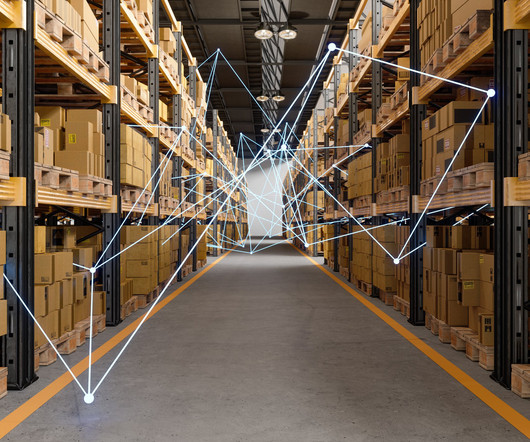The Dire Need for Data Automation in the Manufacturing Industry | AFFLINK
AFFLINK
AUGUST 17, 2022
Automation in manufacturing can help be the driving force to lift some of the burden felt by many distributors across the globe. Upstream Supply Issues Manufacturers are struggling with the same product and shipping delays as consumers. Top Distributor Challenges: 1. Over the last 12 months, 58% reported additional demand increases.
















Let's personalize your content